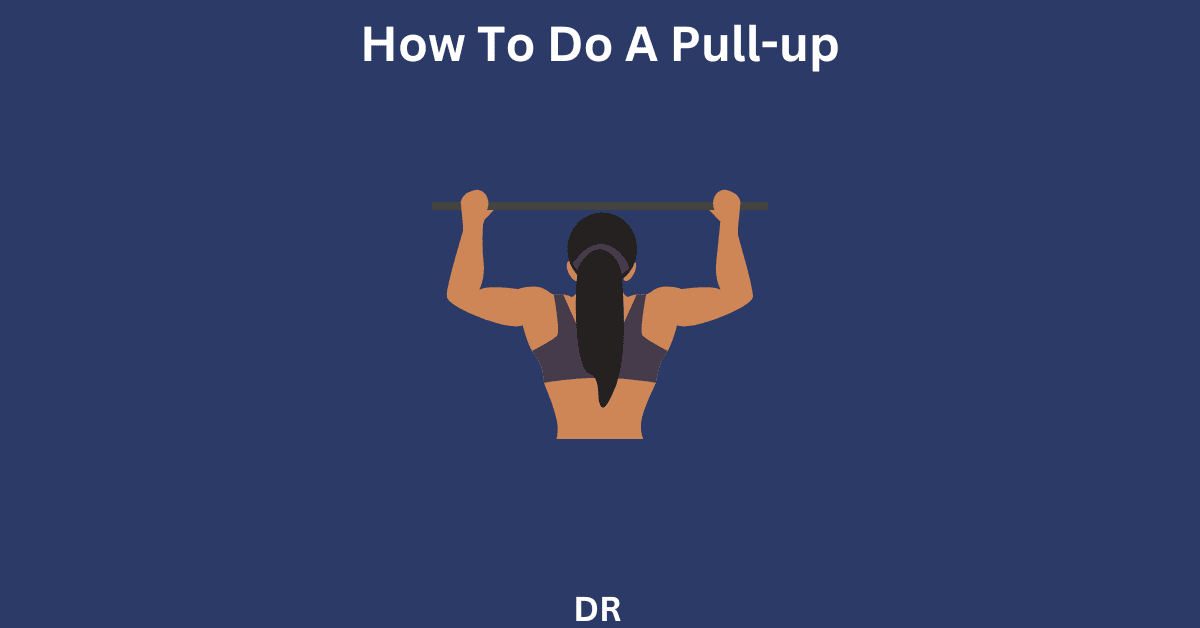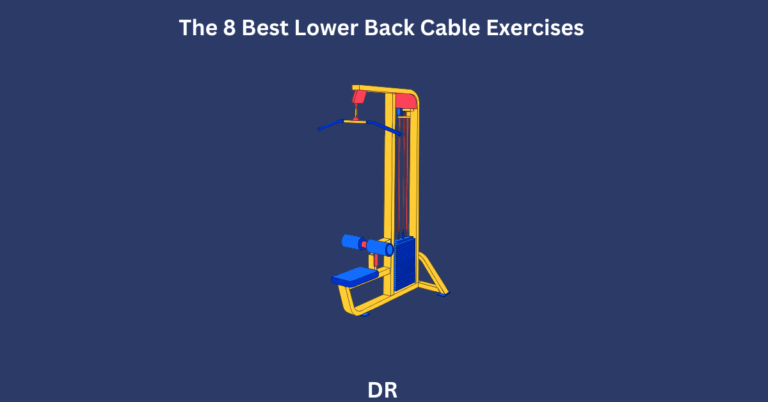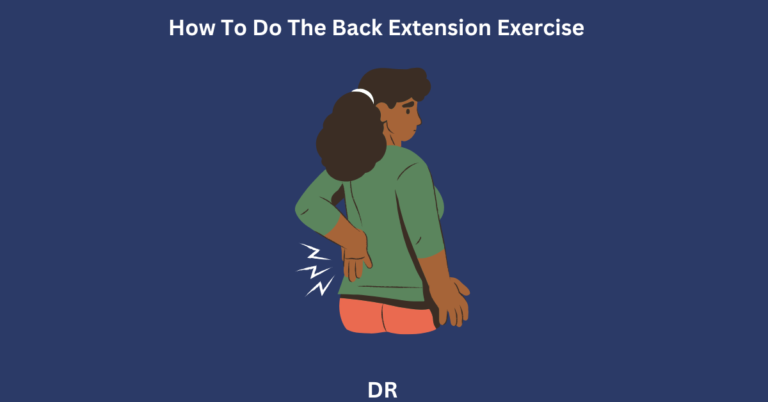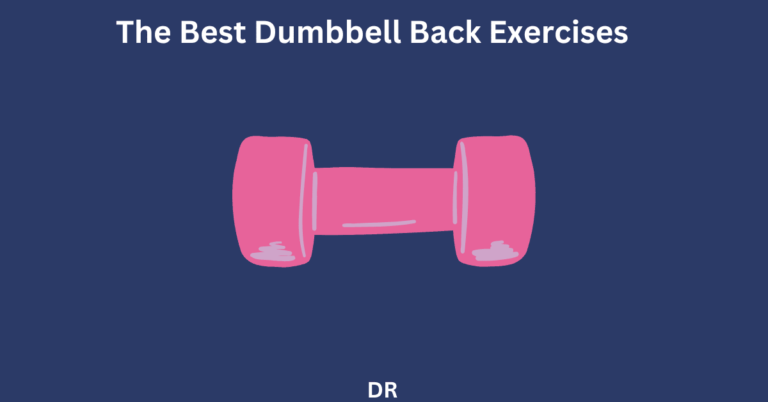The Best Way To Learn How To Do a pull-up in 2024
Did you know less than 10% of people in the gym can do a strict pull-up? This shows how hard it is to master one of the top exercises for the upper body. The pull-up does more than test your strength. It helps your muscles and brain work better together, boosts upper body strength, and builds muscle.
I was a swimmer, and pull-ups made up most of my back training routine, as I really do feel like there is no better exercise to train the lats, as well as building overall pulling strength. if you are a beginner in back training, I really recommend working up the strength to complete a pull-up.
Another major benefit of the pull-up, is that it is a bodyweight movement that just requires the bar and weights can be added later down the line, making it very easy to load.
Key Takeaways
- Pull-ups are essential for building upper body strength and muscle mass.
- Mastery of pull-ups requires consistent practice and understanding of proper form.
- Assisted pull-ups can be an effective starting point for beginners.
- Various exercises can enhance muscles involved in pull-ups.
- Gradual progression is key to advancing through different pull-up variations.
Understanding the Perfect Pull-Up

To understand the perfect pull-up, we start with the perfect pull-up definition. It involves a full movement without swinging. This starts from a complete stop with arms fully extended. Pull yourself up until your chin is over the bar. Use your back muscles well. It’s vital to know how important form and technique are. Doing it wrong can cause injuries and slow down improvement.
Defining a Perfect Pull-Up
The perfect pull-up definition has key points to remember. These points highlight the need for the right technique and using muscles properly. Here are essential things to keep in mind:
- Using core muscles helps improve performance and allows for better repetitions.
- Keeping legs straight and toes down boosts stability and focus.
- A grip a bit wider than shoulder-width targets back muscles and reduces strain.
- Elbows should be close to the body at a 45-degree angle to work the lats fully.
- Pulling up with the chest instead of the chin ensures the right form and works the lower traps.
The Importance of Form and Technique
Correct pull-up execution boosts performance and lowers the chance of getting hurt. Here are vital things to consider:
- Focus on using back muscles by squeezing shoulder blades together.
- Breathe correctly, taking a breath with each pull to avoid getting tired.
- Stay away from using momentum and aim for a full range of movement for the right form.
- Resting for 2 to 3 minutes between sets can increase strength and performance.
How to Do a Pull-Up: Step-by-Step Guide
Mastering pull-ups means knowing how to start and perform them. With this guide, you’ll be set up for success and dodge the usual mistakes. These errors often slow people down.
Setting Up for Success
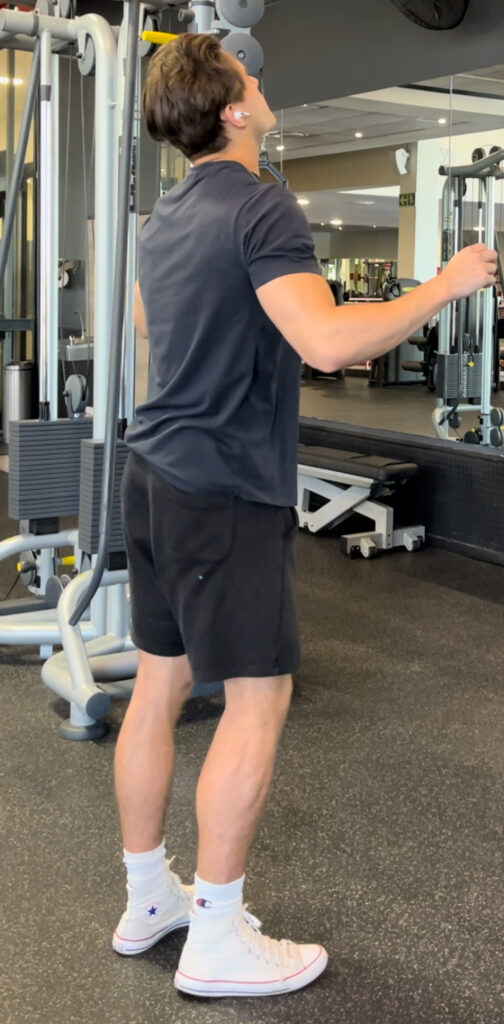
First, I need to make sure I’m set up right. The pull-up bar should be high enough so my feet don’t touch the ground. Using an overhand grip activates the right muscles. It’s also key to brace my core and keep straight before starting.
Executing the Movement
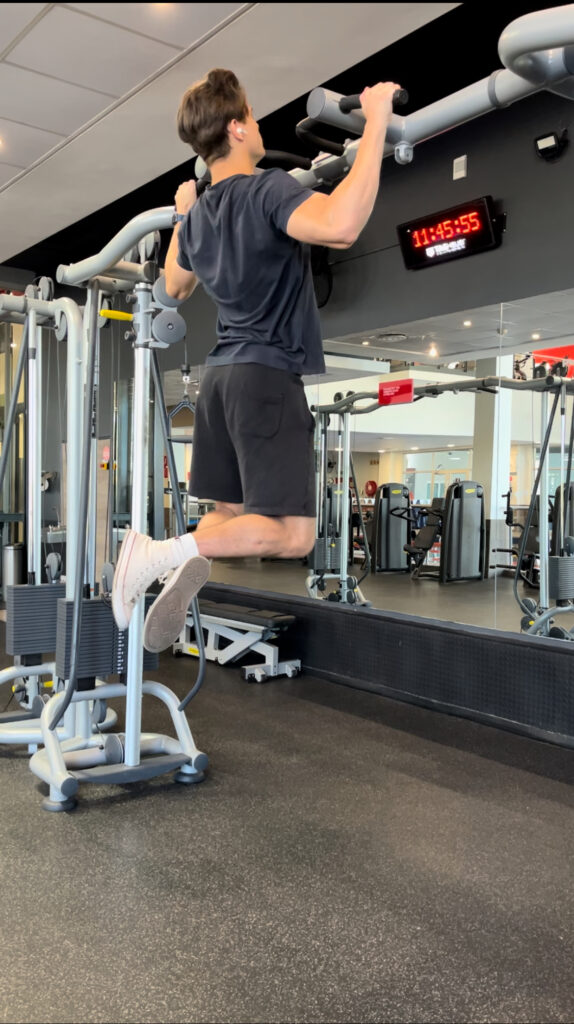
When doing the pull-up, I try to pull myself up quickly. Keeping elbows in helps use my back muscles well. At the top, my chin should go over the bar. Then, I lower myself slowly, keeping my muscles tight. This way, I get stronger and avoid getting hurt.
Common Mistakes to Avoid
Knowing common errors helps me get better at pull-ups. Breathing right throughout is crucial; holding my breath only makes things harder. I should avoid swinging, as it can mess up my form. And, I must make sure to move through the full range of pull-up to get all its benefits and improve quickly.
| Mistake | Description | Tip to Avoid |
|---|---|---|
| Breath Holding | Not breathing correctly can increase tension. | Focus on exhaling during the pull and inhaling on the descent. |
| Using Momentum | Swings can lead to poor form and lessen muscle engagement. | Keep the movement controlled and steady. |
| Partial Range of Motion | Not lowering fully or not pulling up enough reduces effectiveness. | Commit to completing each pull-up with full extension. |
Key Components of Pull-Up Technique
Mastering pull-ups means knowing a few key things. Keeping your core tight helps you stay stable. Pulling your shoulder blades back makes you stronger during the move. Plus, knowing how to breathe right keeps you going longer. Let’s look closer at each part.
Engaging the Core for Stability
Having a strong core is key for a perfect pull-up. By engaging my core, I stay steady throughout the exercise. This makes every pull more powerful without any swinging. This way, you make each rep count more.
Shoulder Blade Retraction Explained
Shoulder blade retraction is crucial for pull-ups. I make sure to squeeze my shoulder blades together as I go up. This not only works the upper back muscles but also gives me a stronger pull. Getting how shoulder blade retraction works is essential for more power and staying safe.
Breathing Technique for Optimal Performance
The way you breathe during pull-ups affects your stamina and how well you do. I breathe out when pulling up and inhale on the way down. This keeps me from getting too tired and lets me keep going for more reps. Good breathing means I can do more pull-ups the right way.
| Technique | Focus Area | Benefits |
|---|---|---|
| Core Activation | Stability | Efficient power transfer |
| Shoulder Blade Retraction | Upper Back Strength | Improved pulling motion |
| Pull-Up Breathing Technique | Endurance | Reduces fatigue |
Building Upper Body Strength for Pull-Ups
To do well in pull-ups, it’s key to strengthen the main muscles involved. These include the latissimus dorsi, biceps brachii, deltoids, and core muscles. Building strength in these areas is crucial for improving in pull-ups and similar exercises. I find that a broad approach helps me strengthen these muscles effectively.
Muscle Groups Involved in Pull-Ups
Several muscle groups work together when I do pull-ups. The lats are key for lifting my body, while the biceps help in this action. The deltoids and core also play a big part, giving stability and strength. Using techniques like rotating handles can make my lats work harder, improving each rep.
Effective Warm-Up Exercises
Before starting pull-ups, warming up properly is essential. Dynamic stretches for the shoulders and back are beneficial. Exercises like the dead hang and inverted row get my muscles ready. This warm-up helps me do better and stay safe by reducing injury risk.
Pull-Up Progression Strategies
To get better at pull-ups, I use different strategies. Starting with negative pull-ups and using resistance bands helps build strength and confidence. Adding exercises like dumbbell rows and TRX rows improves my grip and core strength. These methods help me see real progress in my upper body strength.
FAQ
What is the best grip for pull-ups?
How can I build up to my first pull-up?
What common mistakes should I avoid with pull-ups?
How often should I train pull-ups to see improvement?
Are there variations of pull-ups I can try?
How important is core engagement in pull-ups?
What are some effective warm-up exercises for pull-ups?
Can I do pull-ups at home?
How can I tell if my pull-up form is correct?
What should I do if I hit a pull-up plateau?
Source Links
- https://athleanx.com/articles/back-for-men/how-to-do-a-pullup?srsltid=AfmBOorCdRciJhQK89POT9Q_AiOt5pArXhnTm8DgDeiEH-OSr1-6nAZj
- https://www.menshealth.com/fitness/a27559651/pullups-guide/
- https://themovementathlete.com/the-ultimate-guide-to-pull-ups-progression/
- https://thegravgear.com/blogs/calisthenics/perfect-pull-up
- https://stronglifts.com/pullups/
- https://www.strongfirst.com/community/threads/the-perfect-pull-up.10757/
- https://www.nerdfitness.com/blog/do-a-pull-up/
- https://sweat.com/blogs/fitness/how-to-do-pull-ups
- https://www.ptpluswellness.com/post/unlock-the-power-of-pull-ups-your-ultimate-guide-on-how-to-do-a-pull-up-cincinnati-ohio
- https://www.endomondo.com/exercise/pull-up
- https://medium.com/@thesimonboulter/advanced-pull-up-variations-for-building-upper-back-strength-6448ad8529fb
- https://www.spartan.com/blogs/unbreakable-training/how-to-increase-pull-ups
- https://www.healthline.com/health/fitness-exercise/pull-up-prep
- https://theprehabguys.com/strengthening-exercises-for-pull-ups/

